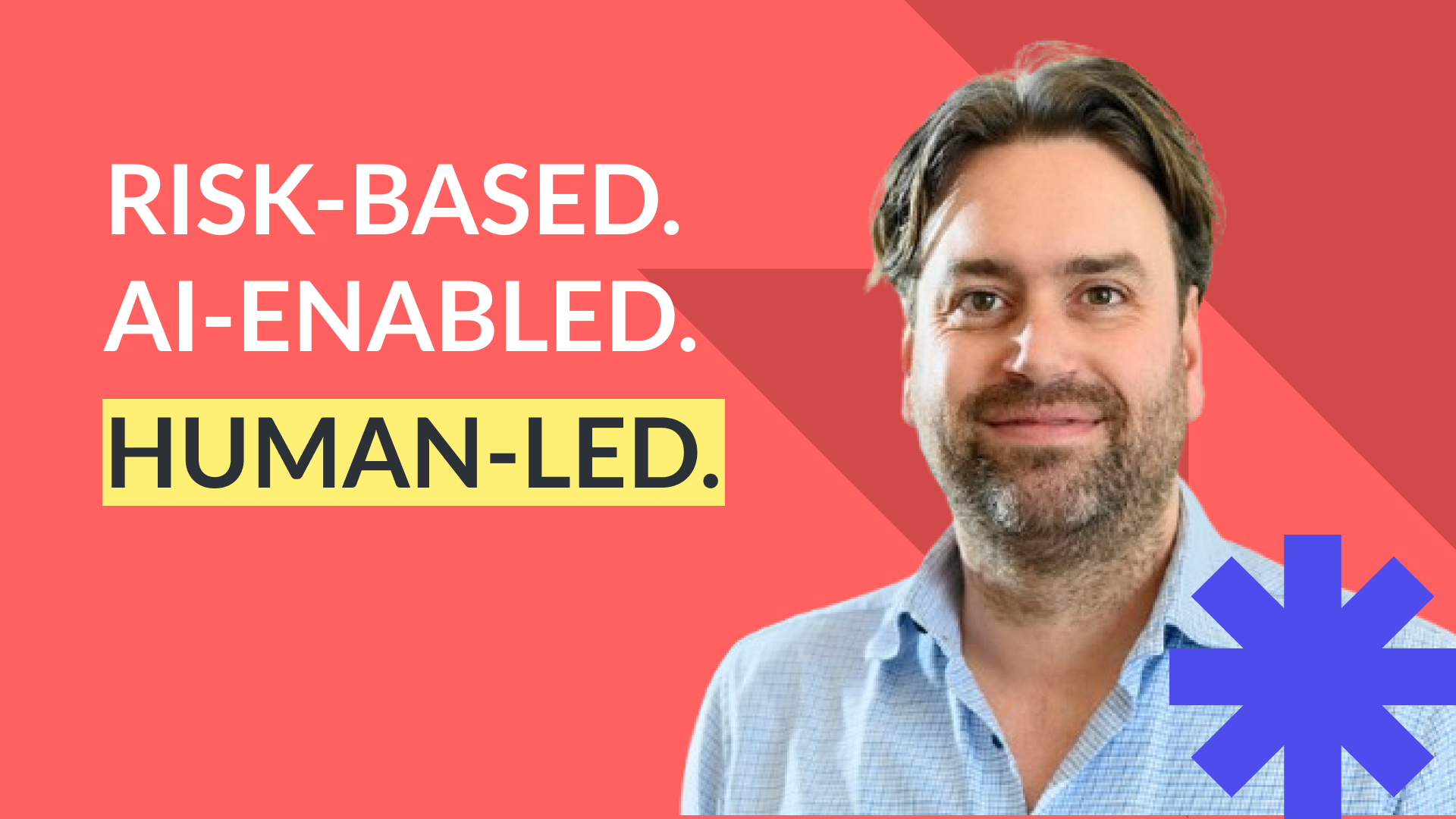Do you really need to prove your L&D’s impact? 6 ongoing debates around impactful L&D
.png)
- L&D impact measurement requires balancing quantitative ROI metrics with qualitative transformation outcomes.
- A successful corporate learning culture thrives on shared ownership between leadership and employees, enabling personalized development paths while meeting organizational goals.
- Modern L&D strategy must combine standardized learning programs with customized solutions to ensure both scalability and specialized skill development.
- Organizations need to shift from incremental training to transformative learning initiatives that prepare the workforce for future challenges.
- Strategic L&D leaders must balance development investments across all levels while positioning learning as a core business driver rather than a support function.
With companies across all industries needing to do more with less, L&D leaders feel increased pressure to demonstrate their programs’ business value. But what does business value in the context of L&D actually mean? Is it as simple as benchmarking measurable results, or are we missing a more nuanced approach to the true impact that L&D makes in organizations?
In our latest Impact Lab, global L&D leaders shared their unique experiences on strategically engaging their stakeholders to drive alignment between learning programs and business goals. Explore their ideas and consider how they might resonate with you and your organization:
1. Business value vs. transformative change
One of the most persistent tensions in L&D is the debate over ROI. Business stakeholders often demand financial metrics to justify investments, expecting clear-cut data that ties learning outcomes to business performance. There is a strong case for aligning learning initiatives with key business goals—when upskilling efforts translate to higher productivity, better performance, and strategic growth, it becomes easier to demonstrate value in a language that resonates with leadership.
Yet, many people leaders argue that L&D’s true value lies in its ability to facilitate transformative change—a cultural shift that, by its nature, is difficult to quantify. If you’re spearheading initiatives that drive long-term organizational evolution, shouldn’t the impact be self-evident to the strategic stakeholders driving this change?
As with any complex matter, the most effective solution lies somewhere in the middle. By investing time in crafting a compelling narrative based on both quantitative data and qualitative insights, you can tell a richer story to your C-suite, and position learning as an enabler of both immediate operational improvements and long-term organizational resilience.
2. Learning ownership: business leaders vs. employees
A fundamental question in the L&D space is: “Who is responsible for learning?” Some argue that it should be driven by business leaders and enforced by team leaders who embed learning into daily operations. Others emphasize the key role employees have in taking charge of their own development.
In the end, for learning to be impactful, ownership must be shared. Leaders have a role in driving success by championing learning, ensuring it is prioritized and reinforced within teams. At the same time, employees need to feel empowered to take control of their growth. Through co-ownership, true learning transformation can happen.
3. Incremental vs. transformative learning
Most organizations focus on incremental learning—programs designed to refine and enhance existing skills that help employees excel in their current roles. While this is important, focusing on incremental learning only is not enough to future-proof a workforce:
“Organizations often request incremental learning solutions for transformative challenges, which is ineffective” - Makoto Makabe, Director Corporate Learning & Development at Freudenberg
Transformative learning on the other hand, prepares employees to navigate uncertainty, adapt to emerging challenges, and drive innovation. All important in a continuously changing
The challenge?
This approach will more often than not result in significant pushback from stakeholders. Because it is a disruptive strategy, it is often met with skepticism- which only makes the need for mapping out your stakeholders and bringing them along with you more crucial for your organization’s long-term agility.
4. Standard vs. custom learning
When it comes to content delivery, organizations face a classic dilemma: should we invest in standard learning solutions that build baseline skills across the board, or in custom programs tailored to individual needs?
The answer isn’t an either/or proposition. Standard learning ensures consistency and scalability, while custom solutions address unique challenges and empower individuals to excel in specialized areas. The most effective L&D strategies will find a sweet spot—a hybrid model that leverages the broad reach of standard programs while integrating custom elements to address specific organizational or personal needs.
5. Evolving the learning culture
One of the biggest hurdles in L&D today is shifting the organizational mindset about learning. In some cultures, especially where adult learning is seen as remedial rather than developmental, being sent to a course can feel like a stigma—a sign of failure rather than an opportunity for growth.
On the other hand, for leaders in particular, learning is often tied to career progression, making it more acceptable and even desirable.
So how can L&D leaders address disparities in how valuable learning is perceived to be across demographics and roles?
The solution lies in evolving the learning culture to celebrate development at all levels. To build a culture that truly values learning, organizations must reframe development as an ongoing journey—one that is integral to business success rather than an optional or corrective measure. Learning should be positioned as a competitive advantage, embedded into the very fabric of how work gets done.
6. Investing in leaders vs. individual contributors
One of the trends we have seen in 2024 is a notable shift towards empowering leadership. Many companies pour resources into leadership development, often at the expense of the broader employee base. Yet individual contributors are the backbone of any organization and deserve equal attention.
A truly impactful L&D strategy will aim to strike a balance, by integrating development opportunities for both leaders and individual contributors to continuously upskill, creating a holistic ecosystem of continuous learning. Because while leaders play a crucial role in driving strategy and vision, innovation often emerges from the grassroots level.
The future for L&D?
So, do people leaders really need to prove the impact of L&D initiatives in their organizations? The answer is as layered as the challenges each leader faces. One winning strategy that seems to come ahead for many L&D leaders is narrowing their focus on shaping the narrative—positioning learning as both a business imperative and a transformational force.
Learning is no longer a support function; it is a strategic driver of growth. The most successful L&D leaders lead the conversation, aligning learning with business strategy, securing buy-in at the highest levels, and embedding learning into the DNA of their organizations.
Now is the time for L&D to be bold—to advocate not just for budgets, but for a vision of empowered, agile, and future-ready workplaces.

We offer a scalable employee training solution. It lets you continuously upskill your people.
Book a call.png)

"It is important to explore how we can offer the same training and skills that we consider critical for the organization to everyone, while also creating much more self-paced, customized journeys or giving the power to the individual to own their journeys and select what is their need and their interest right now."

Related articles
View all posts
Review by:
Developing leaders who transform their organizations: Lepaya's new Experienced Leaders Academy
For executives with 5+ years of experience in a leadership role, the Experienced Leaders Academy equips them with the right mindset and skills to encourage, inspire, and motivate their employees in ways that create meaningful change.








.png)

.png)
.jpg)
%2520(1).png)

%2520(1).png)